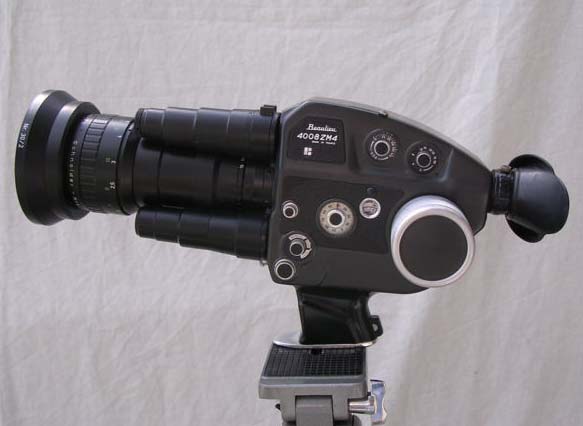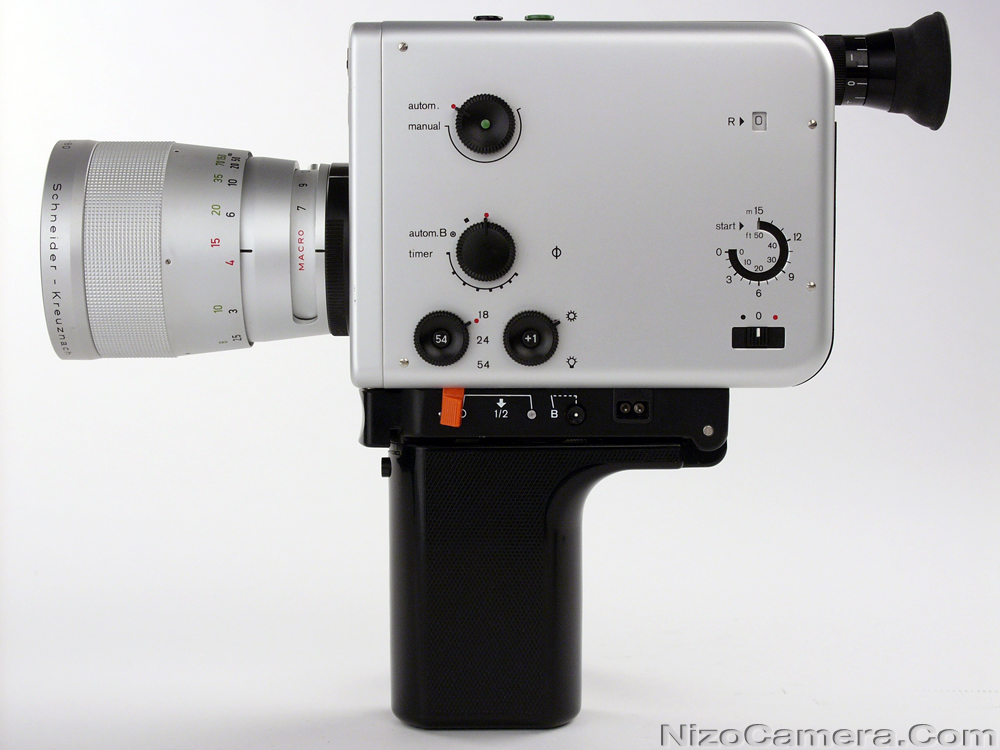“Most people go to films to get some kind of hit, some kind of overwhelming experience, whether it’s like an amusement park ride or an ideological, informational hit that gives you a critical insight into an issue or an idea. But for those few people who feel they need a reprieve occasionally, who want to cleanse the palate a bit, whether for spiritual or physiological reasons, these films seem to be somewhat effective.
I’ve never felt that my films are very important in terms of the History of Cinema. They offer a little detour from such grand concepts. They appeal primarily to people who enjoy looking at nature, or who enjoy having a moment to study something that’s not fraught with information. The experience of my films is a little like daydreaming. It’s about taking the time to just sit down and look at things, which I don’t think is a very Western preoccupation. A lot of influences on me when I was younger were more Eastern. They suggested a contemplative way of looking – whether at painting, sculpture, architecture, or just a landscape – where the more time you spend actually looking at things, the more they reveal themselves in ways that you don’t expect.
For the most part, people don’t allow themselves the time or the circumstances to get into a relationship with the world that provides freedom to actually look at things. There’s always an overriding design or mission behind their negotiation with life. I think when you have the occasion to step away from agendas – whether it’s through circumstance or out of some kind of emotional necessity – then you’re often struck by the incredible epiphanies of nature. These are often very subtle things, right at the edge of most people’s sensibilities. My films try to record and to offer some of these experiences.”
Source: Peter Hutton: The Filmmaker as Luminist
Peter Hutton’s At Sea was voted #1 of the best 50 avant-garde films made during 2000-2009.
Update 16th July: I have learned that Peter Hutton died on 25th June 2016. I didn’t know him personally but I did correspond with him in 1999 for a screening I organised of two of his films. Of all the work I screened around that time, his was the most influential on me and inspired a lot of the silent footage that went into a film I made a year or so later.


